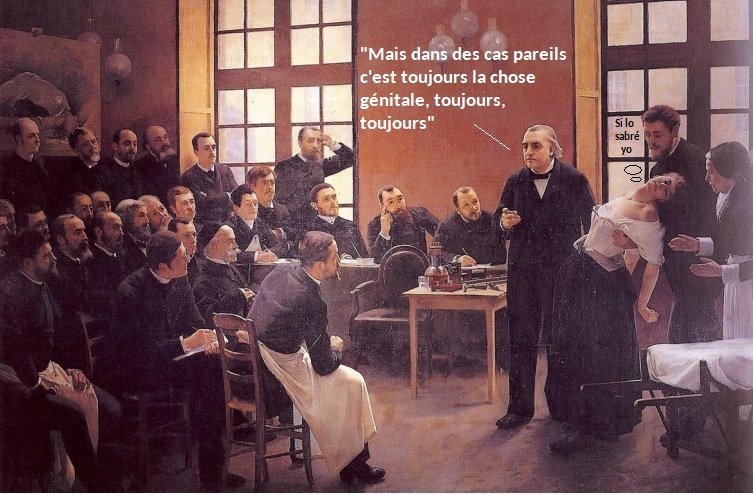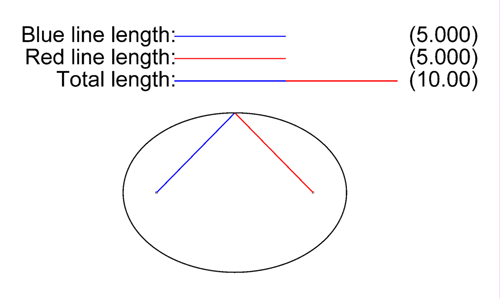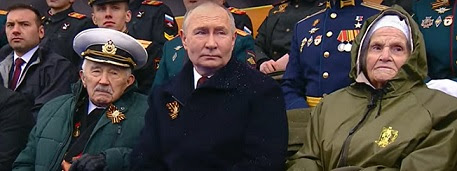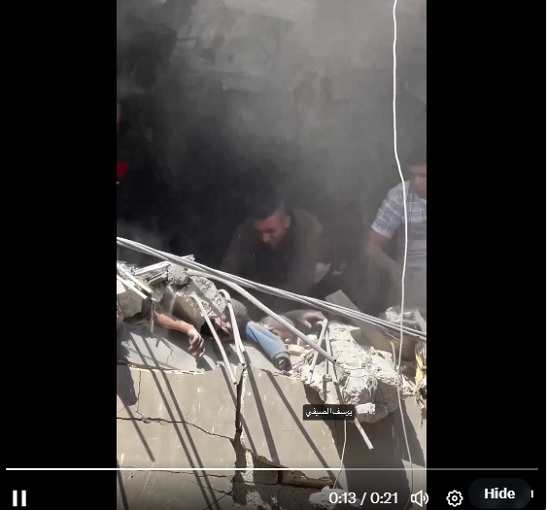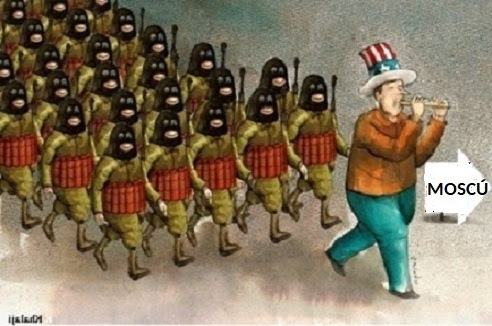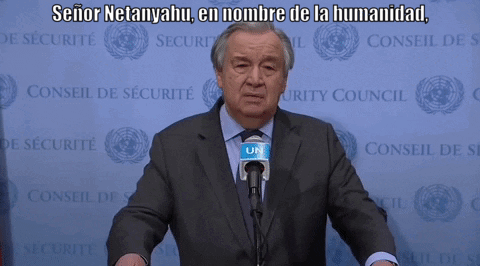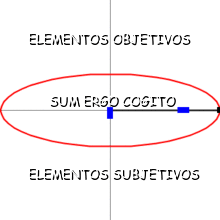It operates on a global stage, since humankind as a whole is now digitally connected. It uses information technology and the tools, machines, networks and systems that come with it. Its target is clear: our intelligence, to be considered both individually and as a group.
Attacks are defined, structured and organized to alter or mislead the thoughts of leaders and operators, of members of entire social or professional classes, of the men and women in an army, or on a larger scale, of an entire population in a given region, country or group of countries.
Cognitive aggression is boundless. It can have a variety of objectives and will adapt itself to other strategies being used: territorial conquest (a
bordering region, peninsula or group of islands for instance), influence (elections, stirring up popular unrest), service interruptions (national or local
administrations, hospitals, emergency services, and sanitation, water or energy supplies) or transportation (airspaces, maritime chokepoints…), information theft (through involuntary disclosure or the sharing of
passwords…) etc.
........................
- Bernard Claverie is a University Professor, Honorary Director and Founder of the Ecole Nationale Supérieure de Cognitique at the Bordeaux Institut Polytechnique and a researcher at the Centre National de Recherche Scientifique (CNRS) — UMR5218 — Bordeaux University.
- François du Cluzel is a retired Lieutenant-Colonel of the French Army and Head of Innovative Projects within Allied Command Transformation Innovation Hub in Norfolk Virginia.
..........................
Cognitive warfare isthe art of using technological toolsto alter the cognition of human targets, who are often unaware of any such attempt - as are those
entrusted with countering, minimizing, or managing its consequences, whose institutional and bureaucratic reactions are too slow or inadequate.
A Few Definitions
Cognitive warfare is thus an unconventional form of warfare that uses cyber tools to alter enemy cognitive processes, exploit mental biases or reflexive thinking, and provoke thought distortions, influence decision-making and hinder actions, with negative effects, both at the individual and collective levels.
This is obviously related to the concept of cyber warfare that uses digital information tools to gain control, alter or destroy said tools. However, cognitive warfare goes beyond information to target what individual brains will do with this information. It therefore extends beyond the human consequences of cyber warfare involving computer engineering, robotics and programmes; a cognitive effect is not a by-product of action, but its very objective.
Though technological tools are a medium towards an effect, this objectiveis independent of the technologies used to achieve it. One way of thinking about it is as a “psychological-social-technical warfare” on the one hand and of a form of “influence warfare” on the other, using cyber means. In the military context specifically, it involves the use of a strategy intended to carry out a combat, surveillance and/or security actions.
Other definitions exist for related concepts. ‘Cognitive combat’ is related to the actual, local and temporary use of tactical tools to affect cognition. This within a larger strategy designed to engage cognitive targets.
For offensive actions, it is characterized by an approach centred on harassment, the systematic exploitation of weaknesses, whereas in a defensive posture it involves the development of resilient and preventative capabilities using similar tools. The notion of "cognitive conflict" is a notion that could be utilized when the context is generalized and the confrontation of cognitive processes is the rule. But that notion is still to be theorized.
Cognitive Warfare is all around us.
Cognitive Warfare is already being used, with more or less success and not necessarily under that name, by a number of state and non-state players, institutions or companies, including terrorist organizations, aggressive religious movements, etc. These actors include specialized and highly competent units working for digital intelligence services, as well as industry
agencies and companies engaged in competition with others or in the more routine area of marketing and manipulation of potential clients.
In all these cases, the object is to dominate, establish one’s superiority, or even conquer and destroy. Today these practices have reached such a level that political
leaders can no longer ignore their importance.
The term « Cognitive Warfare » has been used with that meaning in the United States since 2017, to describe in particular the modes of action available to a state or influence group seeking to “manipulate an enemy or its citizenry’s cognition mechanisms in order to weaken, penetrate, influence or even subjugate or destroy it”.
While that broad mission has always formed a part of the art of war, here we have a new discipline that requires further elucidation. It is the combination of the newer cyber techniques associated with information warfare and the human components of soft power, along with the manipulation aspects of psychological operations (or PSYOPS). They usually involve a biased presentation of a reality, usually digitally altered, intended to favour one’s own interests. New communication tools now offer infinite possibilities, opening the way to new methods and new objectives. This increased complexity should
encourage potential victims to develop a constant posture of resilience, even if in most cases, victims usually realize they were attacked too late.
This approach to Cognitive Warfare has caught the eye of armed forces across the world and includes both strategic and operational aspects, some of which are more developed than others. It is not currently covered by established ethical considerations and doctrines.
Cognitive Warfare expanded considerably with the arrival of digital strategic decision-making assistants, new operational domains and the invasion of big data and analytics, in the realm of information, wargaming and the conduct of operations. It is now spreading to all areas where digital information is used, including the quiet implementation of offensive and defensive uses, cognitive attrition, and defensive measures intended to protect target populations. It is a mix of well-thought out attack processes as well as counter and preventative measures.


































































































































































































